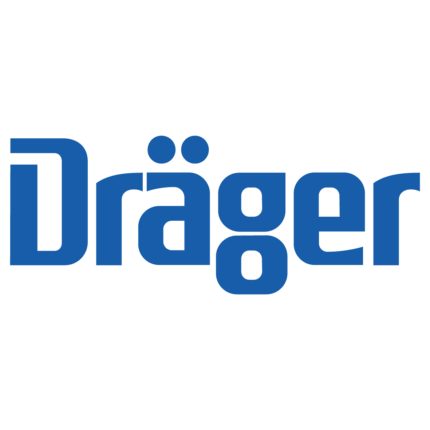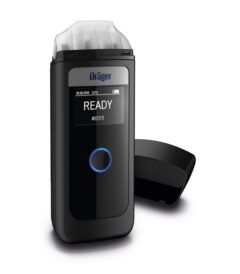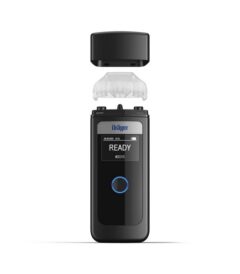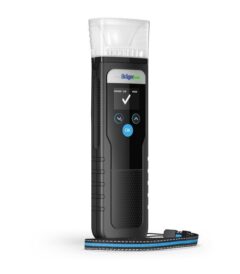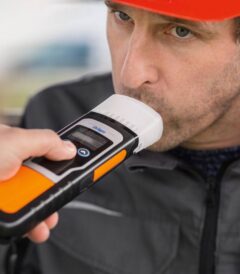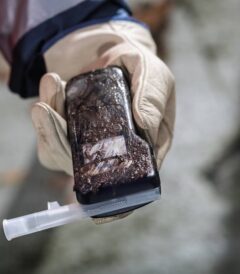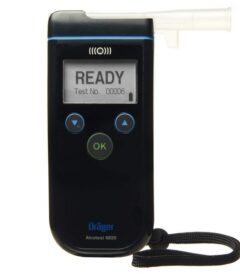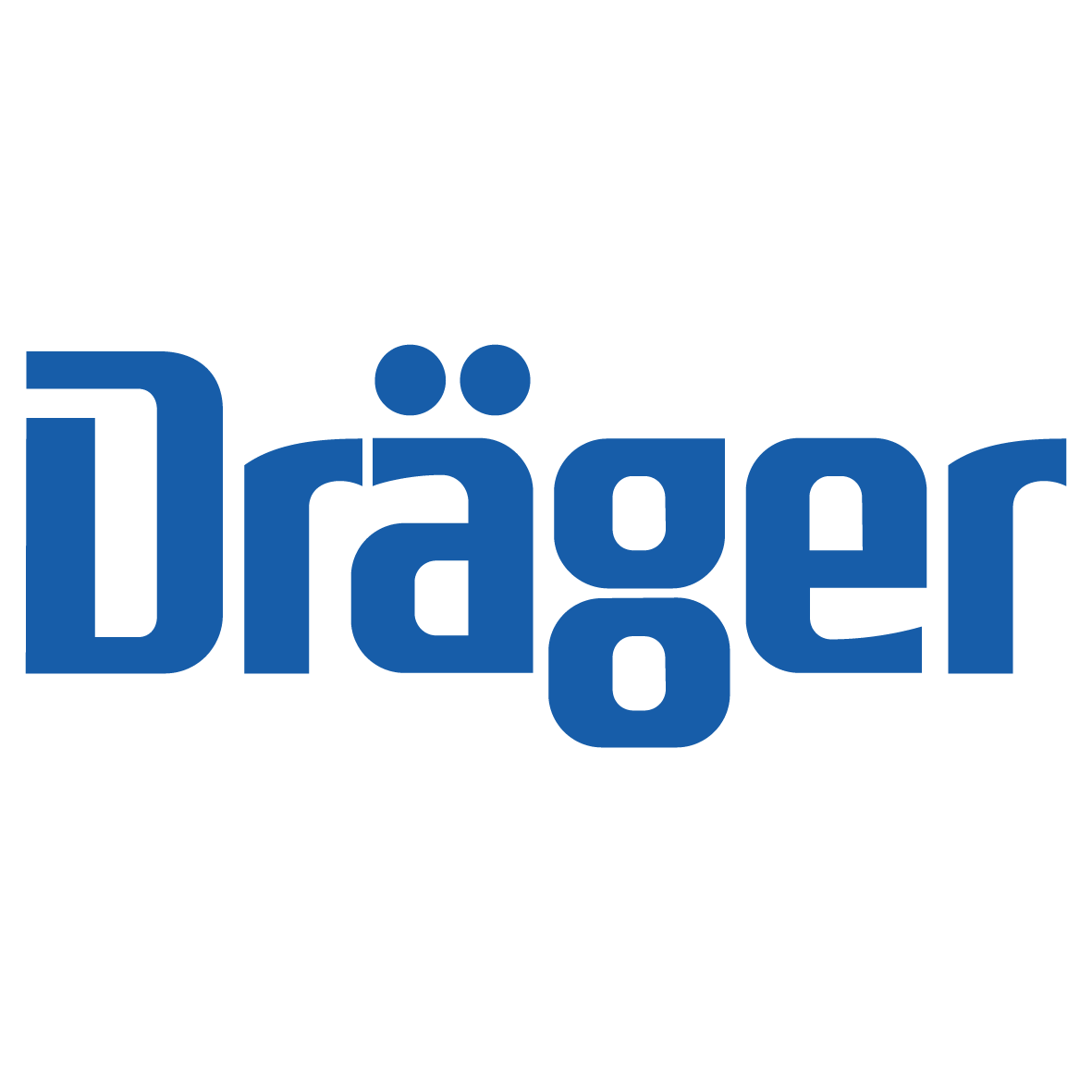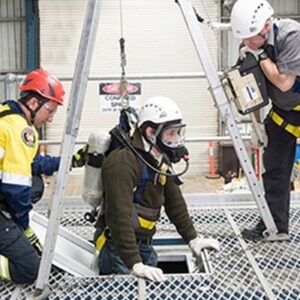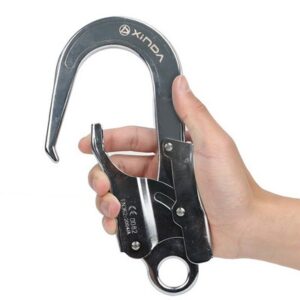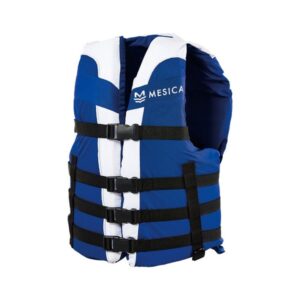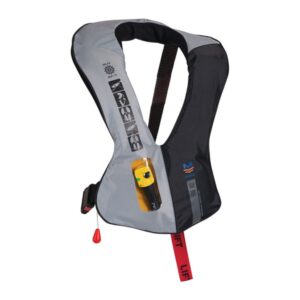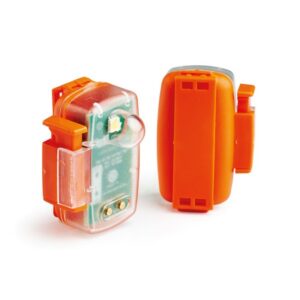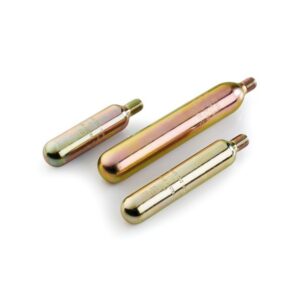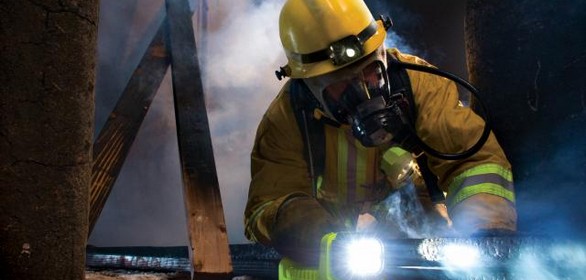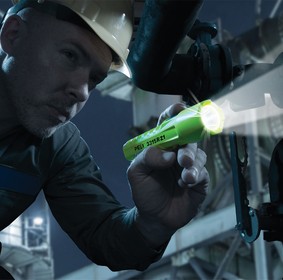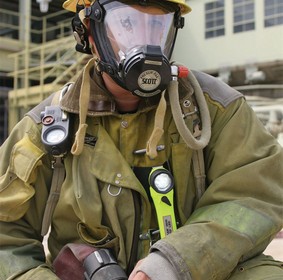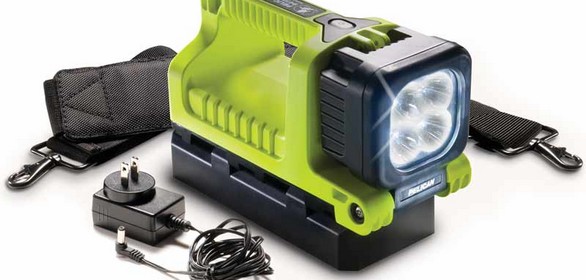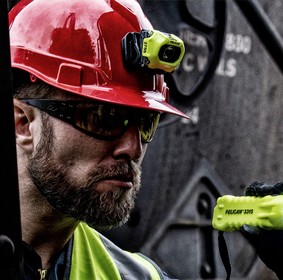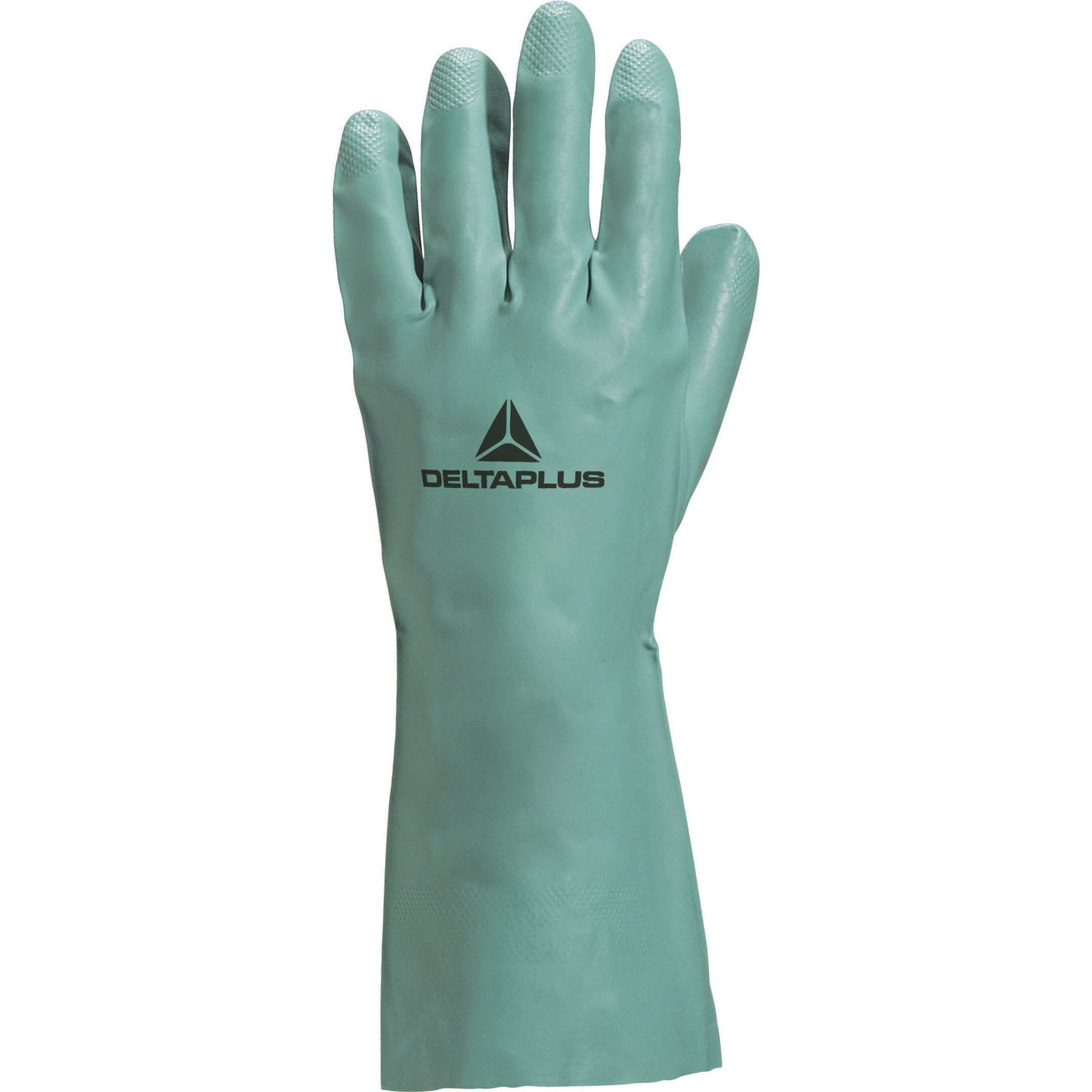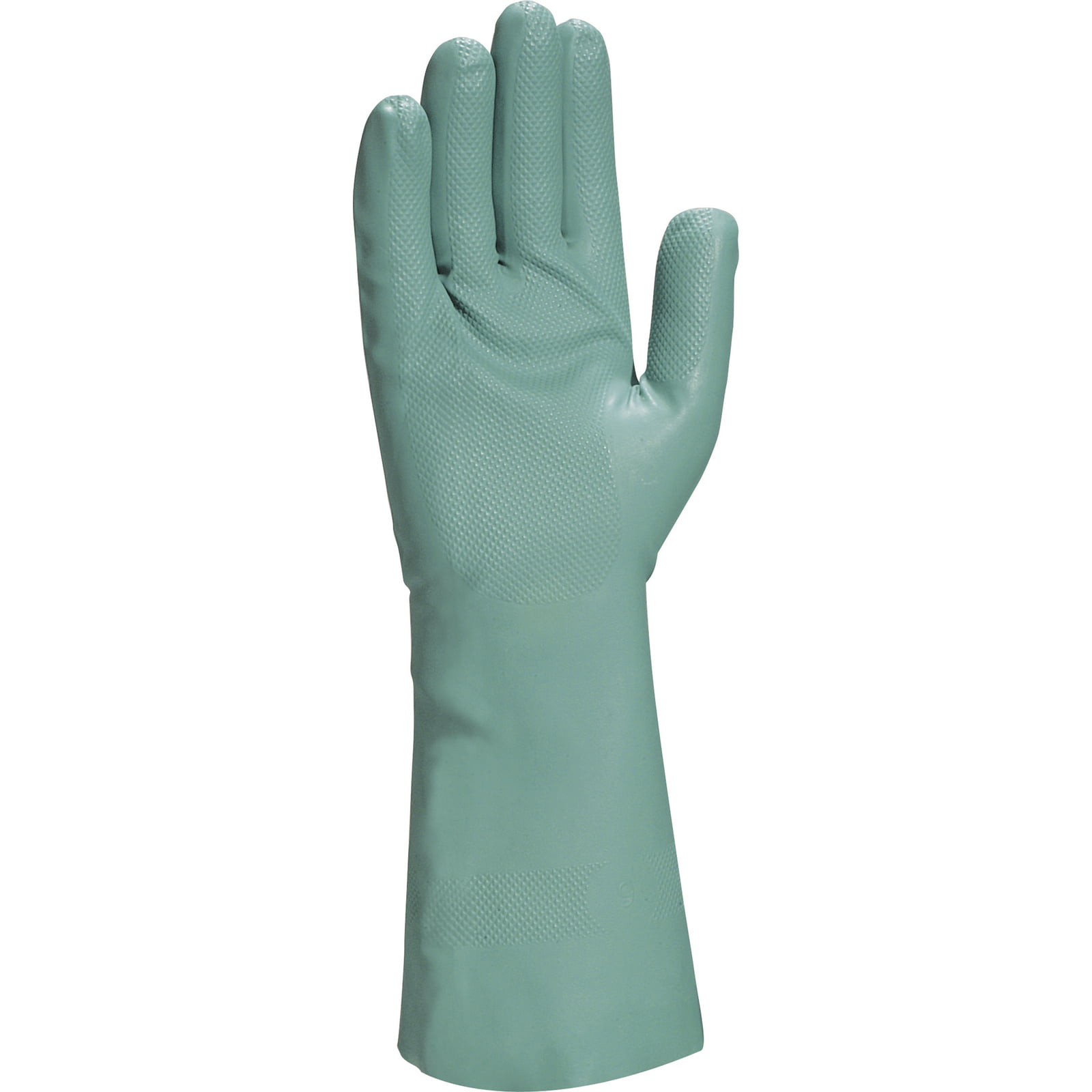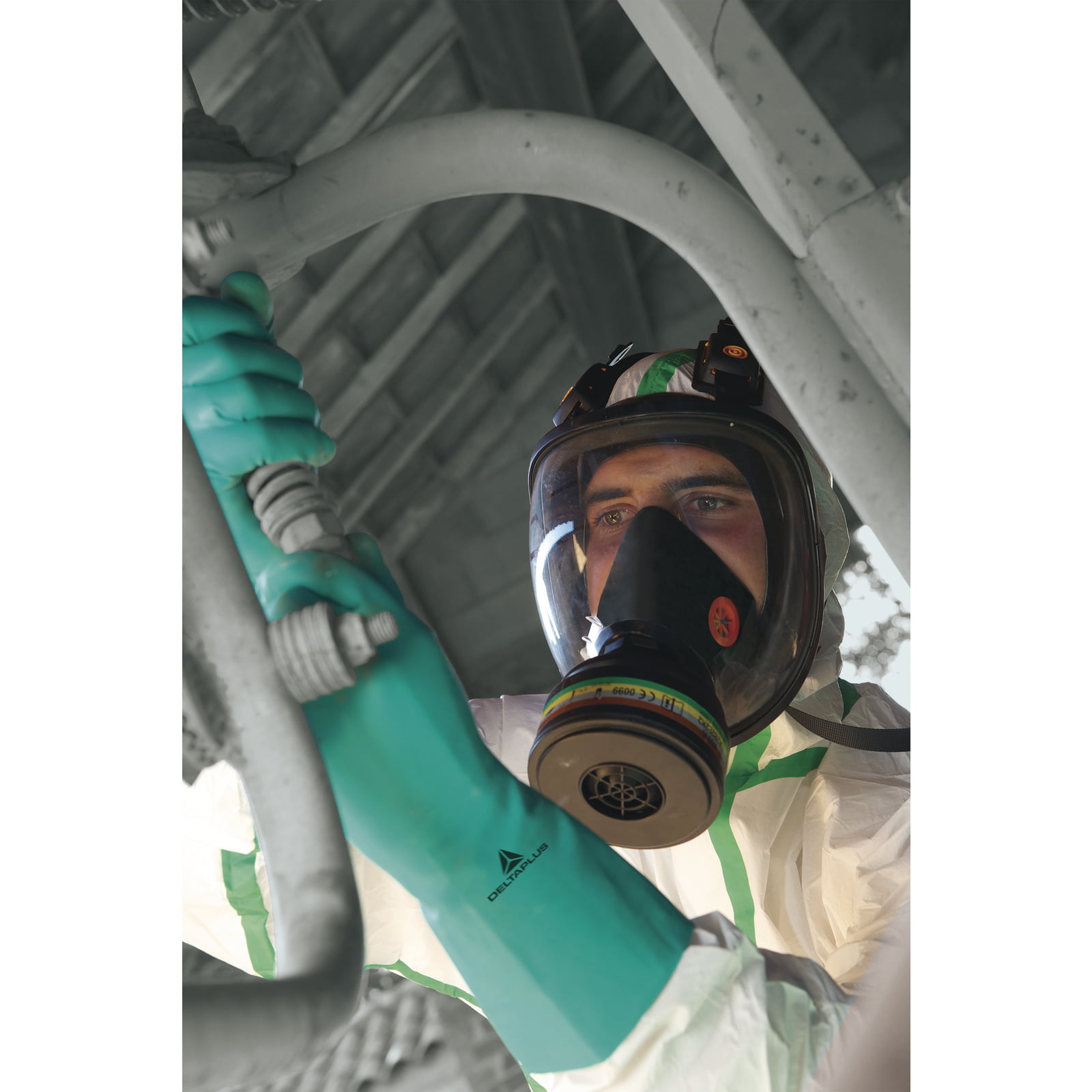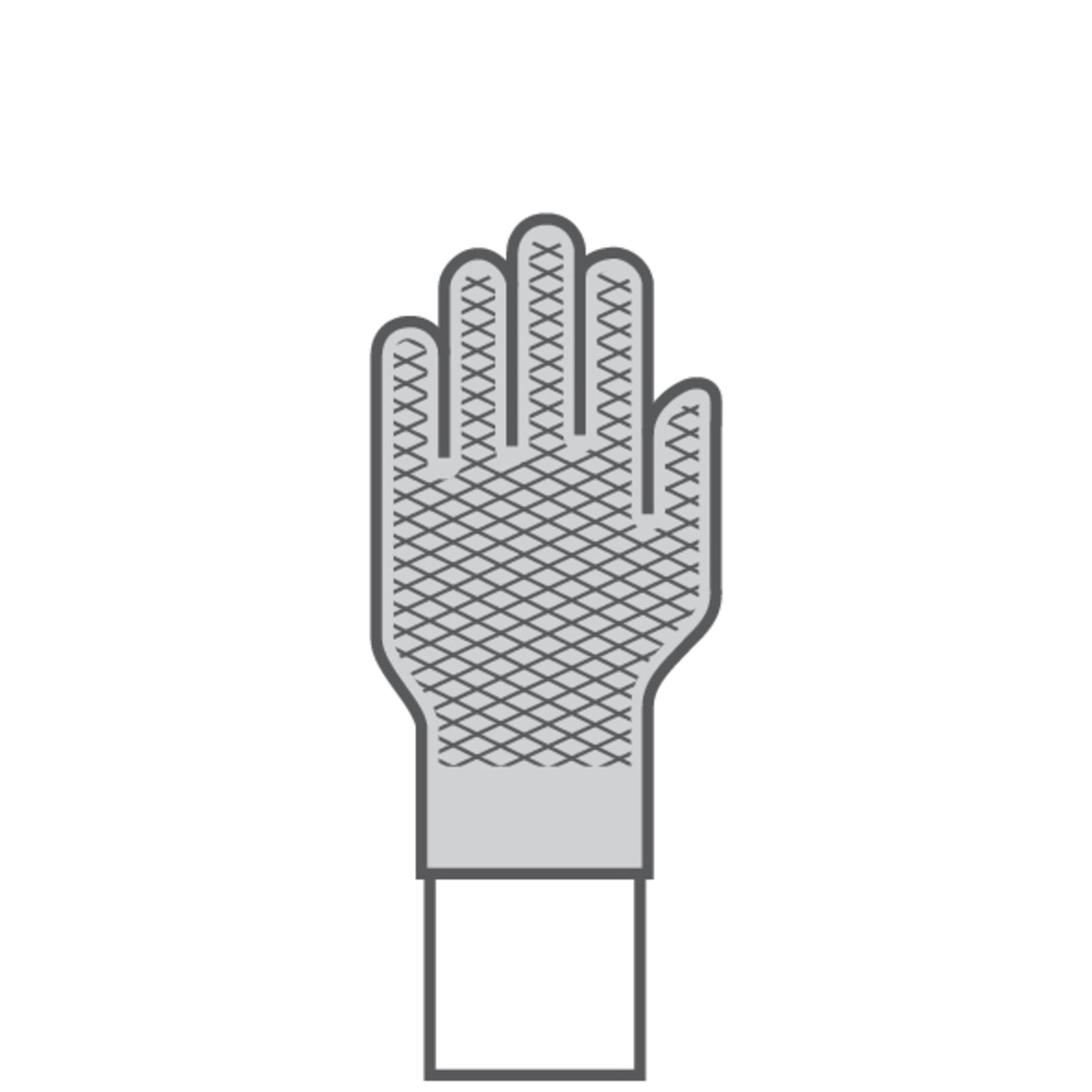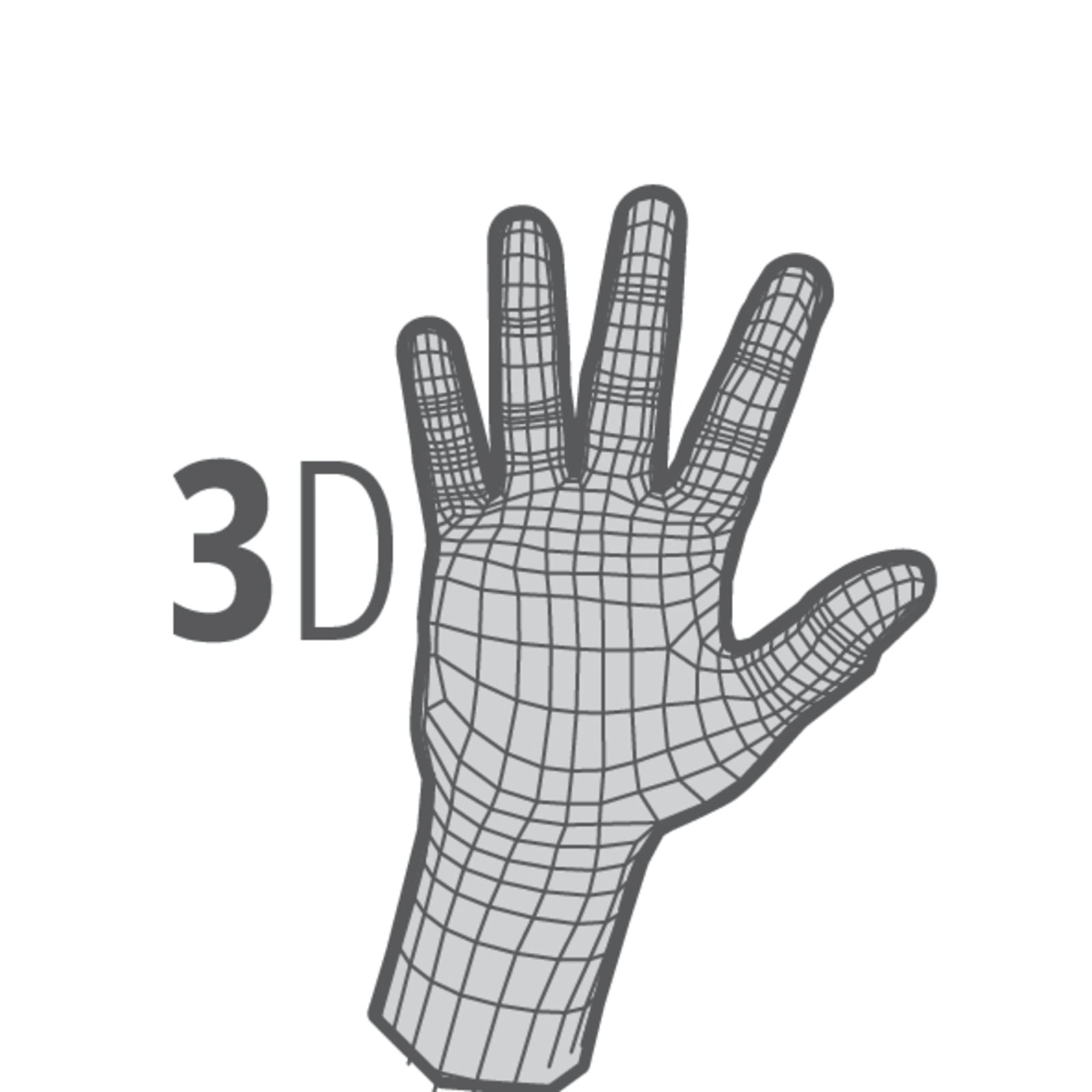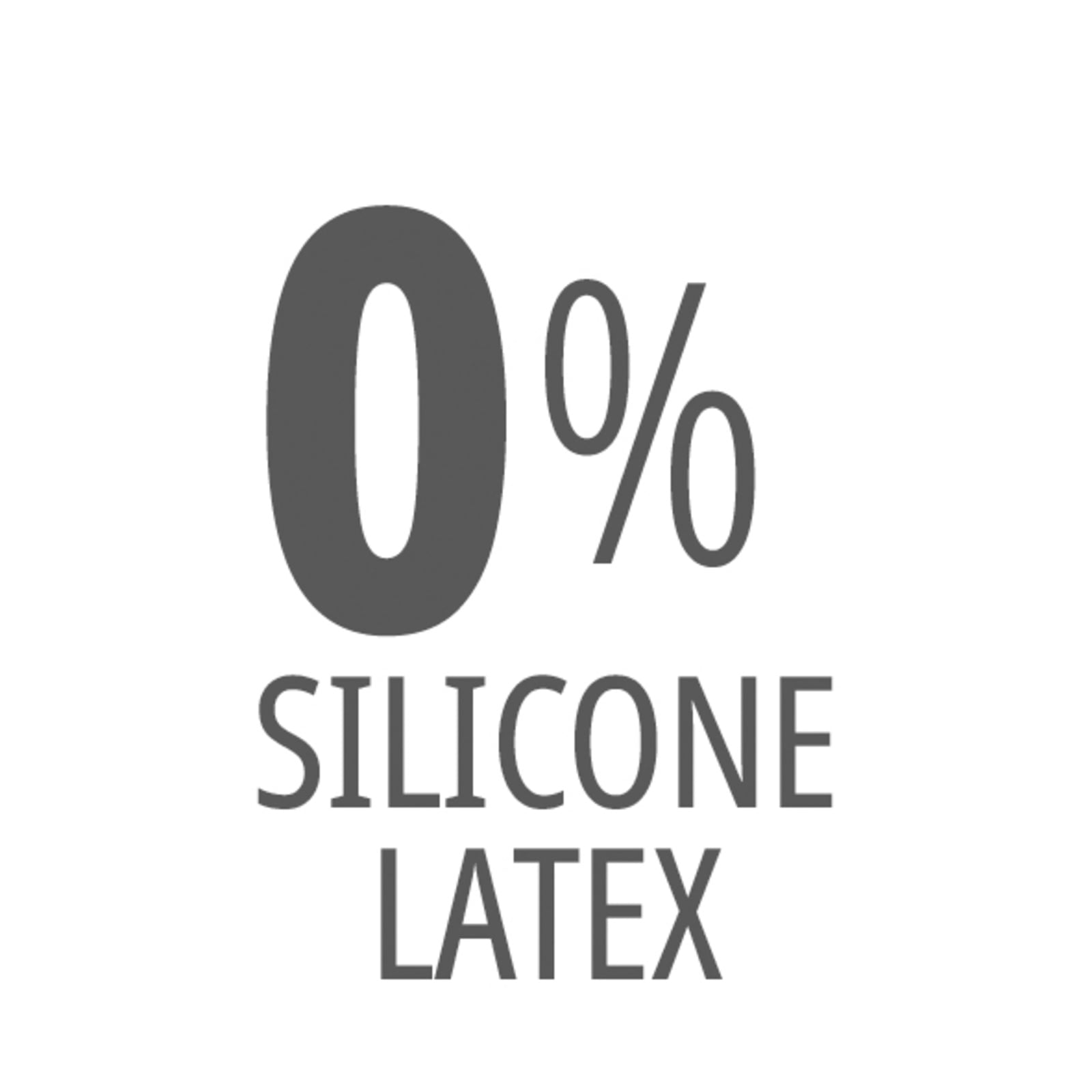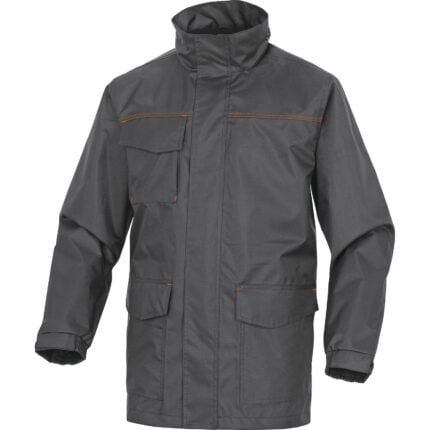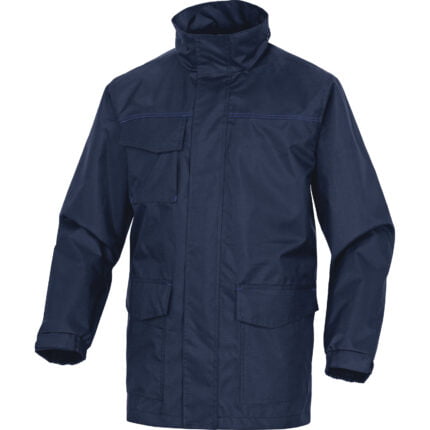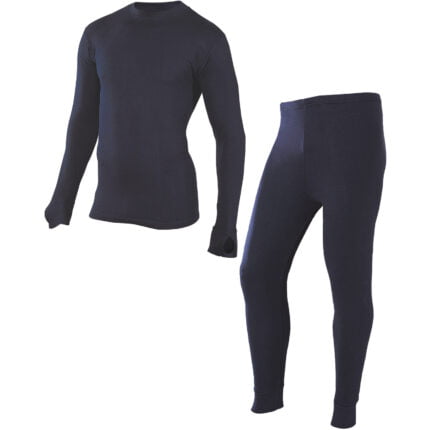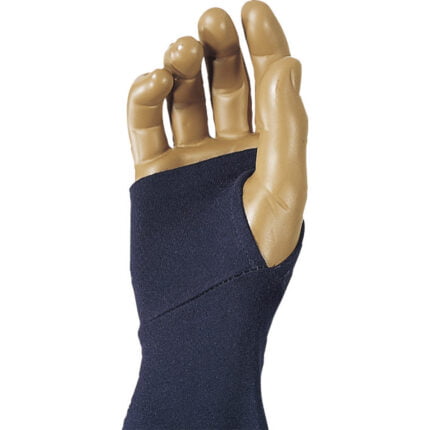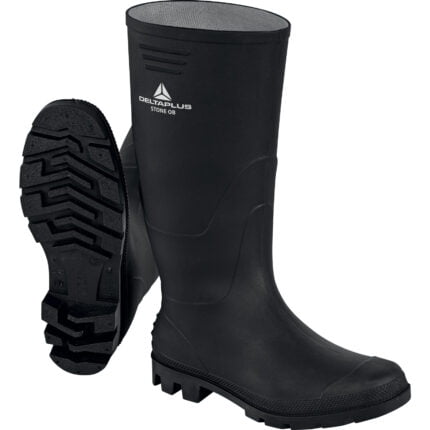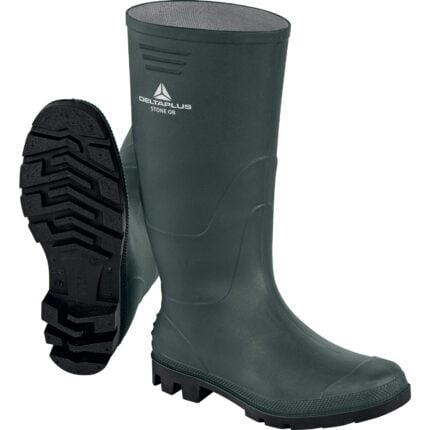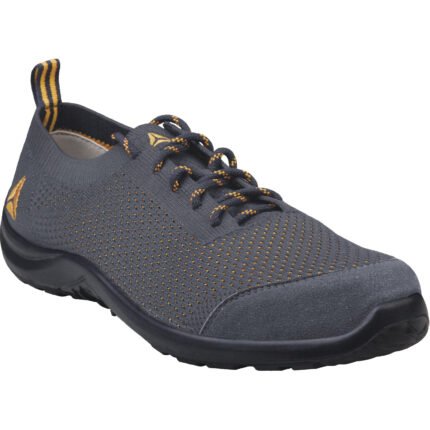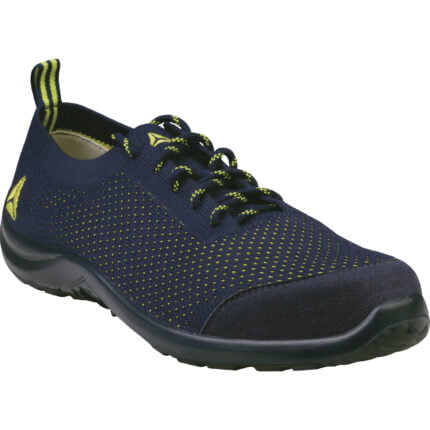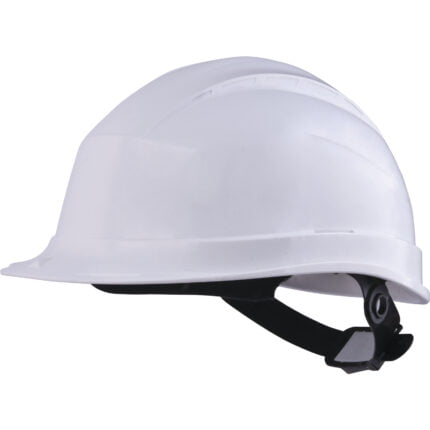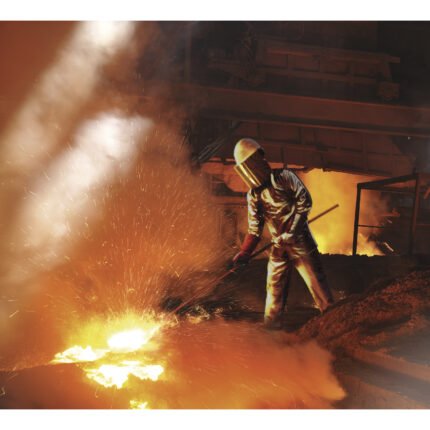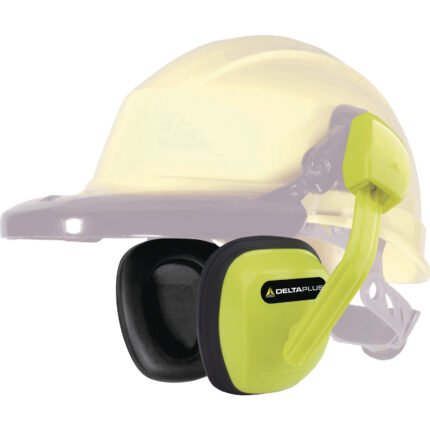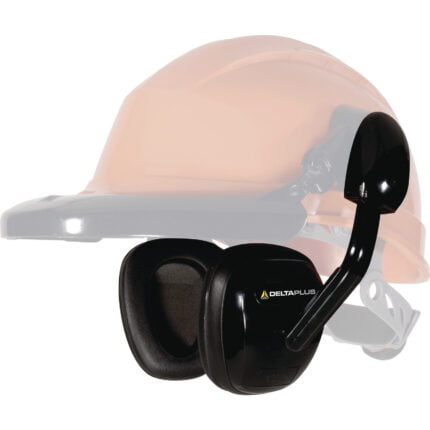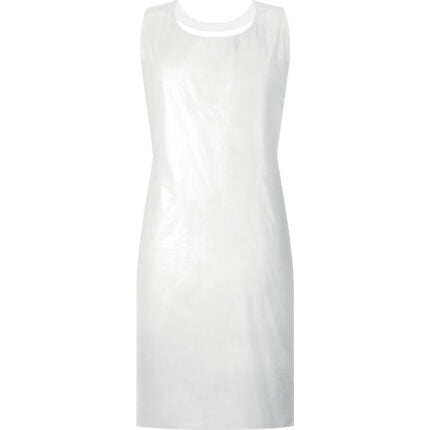COMPOSITION
Support: 100% nitrile.
Flocking: 100% cotton.
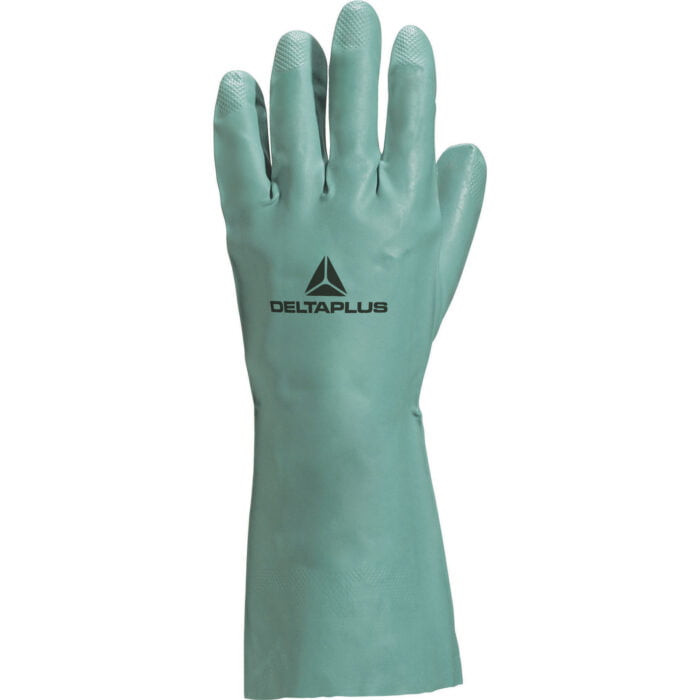
Norms
Regulation (EU) 1935/2004 Contact with food products
-GLOB MIGR : Food contact - Overall Migration
-Contact with any type of food : .
Certif. S mark Resolution 896/99
-EN388:2003 : Protective gloves against mechanical Risks (Levels obtained on the palm)
-Resistance to abrasion (from 1 to 4) : 4
-Resistance to cutting (from 1 to 5) : 1
-Resistance to tear (from 1 to 4) : 0
-Resistance to puncture (1 to 4) : 1
REGULATION (EU) 2016/425
-EN420:2003+A1:2009 : General requirements
-Dexterity (from 1 to 5) : 5
Certif. S mark Resolution 896/99
-EN420:2003 : General requirements
REGULATION (EU) 2016/425
-EN388:2016 : Protective gloves against mechanical Risks (Levels obtained on the palm)
-Resistance to abrasion (from 1 to 4) : 4
-Resistance to cutting (from 1 to 5) : 1
-Resistance to tear (from 1 to 4) : 0
-Resistance to puncture (1 to 4) : 1
-Resistance to cutting by sharp objects (TDM EN ISO 13997) (from A to F) : X
Certif. S mark Resolution 896/99
-EN374-2:2003 : Protective gloves against chemicals and micro-organisms - Part 2: Determination of resistance to penetration
-EN374-3:2003 : Protective gloves against chemicals and micro-organisms - Part 3: Determination of resistance to permeation by chemicals
-Resistant gloves to permeation by chemicals, tested according to EN374-3 : AJKL
-Méthanol (A) CAS 67-56-1 : 2 > 30mn
REGULATION (EU) 2016/425
-EN ISO 374-1:2016 : Protective gloves against dangerous chemicals and micro- organisms - Part 1: Terminology and performance requirements for chemical risks.
-Type A - Water and air tightness according to EN ISO 374-2:2019. Permeation resistance to at least 6 chemicals at level 2 according to EN16523-1: 2015, : A
-Determination of resistance to degradation by chemicals according to EN ISO 374-4: 2019. Part 4: Determination of resistance to degradation by chemicals. : .
-Méthanol (A) CAS 67-56-1 : 2 > 30 mn
Certif. S mark Resolution 896/99
-EN374-3:2003 : Protective gloves against chemicals and micro-organisms - Part 3: Determination of resistance to permeation by chemicals
-n-Heptane (J) CAS 142-85-5 : 6 > 480mn
REGULATION (EU) 2016/425
-EN ISO 374-1:2016 : Protective gloves against dangerous chemicals and micro- organisms - Part 1: Terminology and performance requirements for chemical risks.
-n-Heptane (J) CAS 142-85-5 : 6 > 480 mn
Certif. S mark Resolution 896/99
-EN374-3:2003 : Protective gloves against chemicals and micro-organisms - Part 3: Determination of resistance to permeation by chemicals
-Caustic soda 40% (K) CAS 1310-73-2 : 6 > 480mn
REGULATION (EU) 2016/425
-EN ISO 374-1:2016 : Protective gloves against dangerous chemicals and micro- organisms - Part 1: Terminology and performance requirements for chemical risks.
-Caustic soda 40% (K) CAS 1310-73-2 : 6 > 480 mn
Certif. S mark Resolution 896/99
-EN374-3:2003 : Protective gloves against chemicals and micro-organisms - Part 3: Determination of resistance to permeation by chemicals
-Sulphuric acid 96 % (L ) CAS 7664-93-9 : 3 > 60mn
REGULATION (EU) 2016/425
-EN ISO 374-1:2016 : Protective gloves against dangerous chemicals and micro- organisms - Part 1: Terminology and performance requirements for chemical risks.
-Sulphuric acid 96 % (L ) CAS 7664-93-9 : 3 > 60 mn
-Nitric acid 65% (M) CAS 7697-37-2 : 2 > 30 mn
-Acetic acid 99% (N) CAS 64-19-7 : 3 > 60 mn
-Ammonium hydroxide 25% (O) CAS 1336-21-6 : 6 > 480 mn
-Hydrogen peroxide 30% (P) 7722-84-1 : 6 > 480 mn
-Formaldehyde 37% (T) CAS 50-00-0 : 6 > 480 mn
-EN ISO 374-5:2016 : Protective gloves against dangerous chemicals and micro-organisms - Part 5: Terminology and performance requirements against micro- organisms risks.
-BACTERIA + FUNGI : Water and air tightness according to EN ISO 374-2:2019. : .
Product Used Risks
Heavy industry.
Agriculture / Green areas.
Light industry.
Hygiene environment.
PARTICULES.
CHEMICAL.
Wearing.
BIOLOGICAL.
HIGHLIGHTS
Embossed structure on palm and fingers.
Good grip of handled objects.
Flocked inside.
Absorption of perspiration for comfort.

